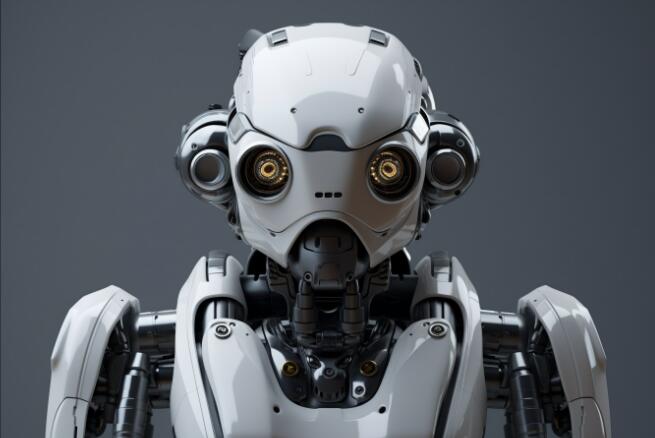Hugging Face and Physical Intelligence have launched the revolutionary basic robot model Pi0, the first open source model that can directly convert natural language commands into robotic actions, marking the entry of a new era of robotic technology. This breakthrough technology not only shows great potential in multiple fields, but also points out the direction for the future development of intelligent robots.
Hugging Face and Physical Intelligence have jointly launched the epoch-making basic robot model Pi0, the first open source model that can directly convert natural language commands into robotic actions, marking the entry of a new era of robotic technology.
The Pi0 model is trained on seven different robot platforms and masters 68 unique tasks, capable of performing complex operations from folding clothes to packing tables. The model uses innovative flow matching technology to generate smooth real-time motion trajectories at a frequency of 50Hz, ensuring extremely high accuracy.

What is more noteworthy is that the R&D team simultaneously launched the upgraded version of Pi0-FAST, adopting a new frequency space action sequence marking scheme, which increases the training speed by 5 times and demonstrates stronger cross-environmental adaptability.
Remi Cadene, chief research scientist at Hugging Face, said: "Pi0 is the most advanced visual language action model, which can directly convert natural language commands into autonomous behavior." The model is now open source on the Hugging Face platform, and developers only need a few lines of code. Callable.
This breakthrough could reshape multiple industries: Manufacturing plants can reconfigure robotic tasks through verbal instructions, warehousing and logistics can deploy more flexible automation systems, and even small businesses can adopt robotics more easily. However, challenges remain in terms of computing resource requirements, reliability and security.
For the entire AI industry, the release of Pi0 is just right. With the increasingly fierce competition in the development of general artificial intelligence, this technology has successfully built a bridge between language models and the physical world, pointing out the direction for the development of intelligent robots in the future.
The launch of the Pi0 model is not only a leap in robotics technology, but also an important milestone in the deep integration of artificial intelligence and the physical world, indicating that intelligent robots will be more popular and efficient in the future.